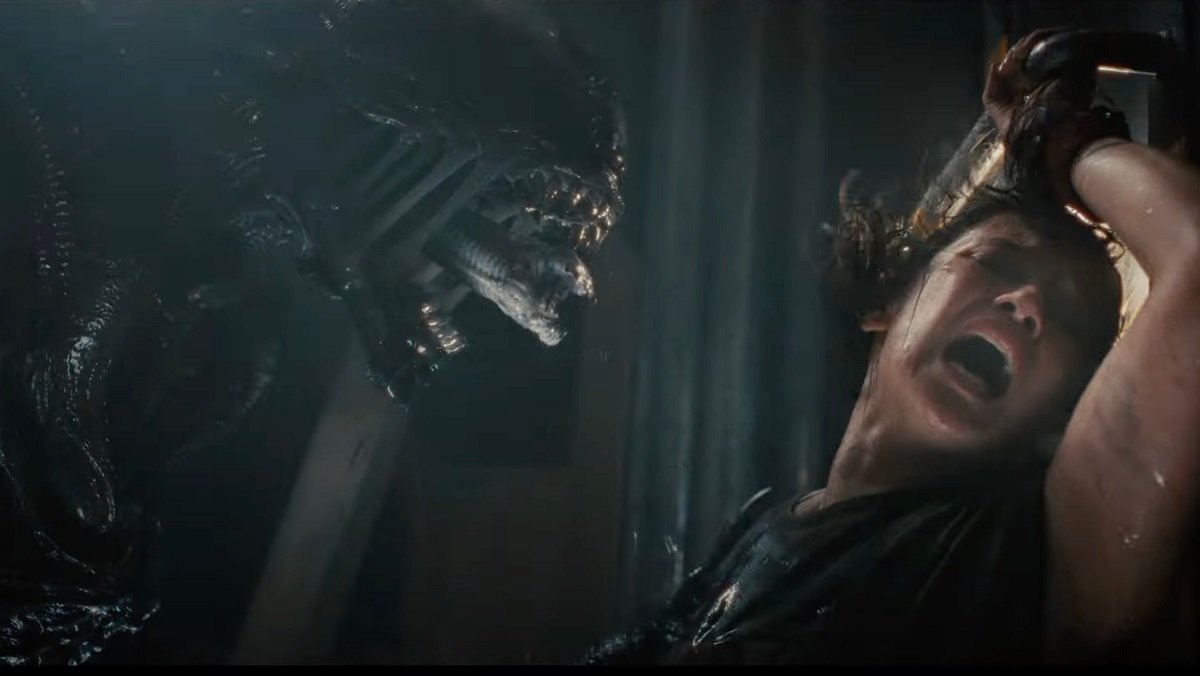In “Alien: Romulus,” the latest installment in the legendary sci-fi horror franchise, director Fede Álvarez skillfully revives the tension and dread that first captivated audiences over four decades ago. The film offers a gripping narrative, set on a worn-down space station, where a new breed of xenomorph terrorizes a team of unsuspecting colonists. The station is split into two halves, Remus and Romulus, and each half is designed to look like one of the earlier Alien movies, the 1979 “Alien” and the 1986 “Aliens” respectively.
The plot unfolds with a familiar yet refreshing premise: a group of scientists and engineers embark on a mission to the space station Renaissance, hoping to harness its resources. Instead, they encounter a hostile alien species that threatens not only their lives but their sanity. The story blends the claustrophobic terror of the original “Alien” very well with modern visual effects, creating a sense of unease that persists throughout the film.
Much like Ridley Scott’s groundbreaking 1979 film, “Alien: Romulus” expertly builds suspense through its atmospheric setting and slow-burn horror. The film echoes the original’s tension with its use of confined spaces and a menacing extraterrestrial threat that emerges from the shadows. The sense of isolation and helplessness faced by the characters mirrors the original film’s effective portrayal of fear in a harsh environment.
Álvarez has managed to evoke the same instinctive fear that characterized Scott’s “Alien”. The atmospheric tension is heightened by Galo Olivares’s dark and uneasy cinematography, which complements the film’s suspenseful score composed by Benjamin Wallfisch. These elements not only honor the visual and auditory style of the original but also enhance the film’s relentless pace, keeping viewers on the edge of their seats.
The film’s ensemble cast, led by Cailee Spaeny as Rain Carradine and David Jonson as Andy, delivers strong performances, anchoring the narrative with emotional depth and authenticity. Spaeny’s portrayal of an individual grappling with the unknown adds a layer of psychological complexity reminiscent of Sigourney Weaver’s iconic role as Ellen Ripley. Like Ripley, Carradine faces the alien threat with a mix of bravery and vulnerability, reflecting the original film’s character-driven approach to horror.
However, while “Alien: Romulus” excels in suspense and atmosphere, it occasionally relies on familiar tropes from previous entries in the franchise. Some plot developments may feel predictable to long-time fans. Nonetheless, the film’s commitment to character-driven storytelling and its impressive production values make it a worthy addition to the series.
“Alien: Romulus” successfully revitalizes the franchise with its chilling atmosphere and engaging performances. Though it treads familiar ground, its execution is both effective and entertaining, ensuring that it will be a standout entry for both new viewers and dedicated fans.




